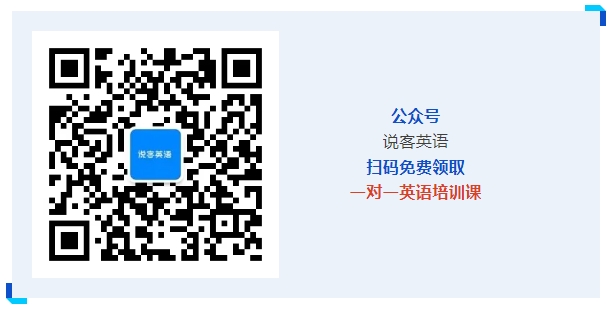TOEFL托福阅读真题答案(28)
刷托福真题备考至关重要,它精准映射考试难度、风格与趋势。进行历年真题演练,可以使学生提前融入考试模块,深谙题型,有效提升备考效率与最终成绩。

TOEFL托福阅读真题:
ffeterd spanning in line 18d- The interrelationship of science, technology, and industry is taken for granted today — summed up, not altogether accurately, as research and development. Yet historically this widespread faith in the economic virtues of science is a relatively recent phenomenon, dating back in the United States about 150 years, and in the Western world as a whole not over 300 years at most. Even in this current era of large scale, intensive research and development, the interrelationships involved in this process are frequently misunderstood. Until the coming of the Industrial Revolution, science and technology evolved for the most part independently of each other. Then as industrialization became increasingly complicated, the craft techniques of preindustrial society gradually gave way to a technology based on the systematic application of scientific knowledge and scientific methods. This changeover started slowly and progressed unevenly. Until late in the nineteenth century, only a few industries could use scientific techniques or cared about using them. The list expanded noticeably after 1870, but even then much of what passed for the application of science was engineering science rather than basic science.
Nevertheless, by the middle of the nineteenth century, the rapid expansion of scientific knowledge and of public awareness — if not understanding — of it had created a belief that the advance of science would in some unspecified manner automatically generate economic benefits. The widespread and usually uncritical acceptance of this thesis led in turn to the assumption that the application of science to industrial purposes was a linear process, starting with fundamental science, then proceeding to applied science or technology, and through them to industrial use. This is probably the most common pattern, but it is not invariable. New areas of science have been opened up and fundamental discoveries made as a result of attempts to solve a specific technical or economic problem. Conversely, scientists who mainly do basic research also serve as consultants on projects that apply research in practical ways.
In sum, the science-technology-industry relationship may flow in several different ways, and the particular channel it will follow depends on the individual situation. It may at times even be multidirectional.
1. What is the authors main purpose in the passage ?
(A) To show how technology influenced basic science
(B) To describe the scientific base of nineteenth-century American industries
(C) To correct misunderstandings about the connections between science, technology, and industry
(D) To argue that basic science has no practical application
2. The word altogether in line 2 is closest in meaning to
(A) completely
(B) realistically
(C) individually
(D) understandably
3. The word intensive in line 5 is closest in meaning to
(A) decreased
(B) concentrated
(C) creative
(D) advanced
4. The list mentioned in line 13 refers to
(A) types of scientific knowledge
(B) changes brought by technology
(C) industries that used scientific techniques
(D) applications of engineering science
5. The understanding of research and development in the late nineteenth century is based on
which of the following?
(A) Engineering science is not very important.
(B) Fundamental science naturally leads to economic benefits.
(C) The relationship between research and development should be criticized.
(D) Industrial needs should determine what areas fundamental science focuses on.
6. The word it in line 16 refers to
(A) understanding
(B) public awareness
(C) scientific knowledge
(D) expansion
7. The word assumption in line 19 is closest in meaning to
(A) regulation
(B) belief
(C) contract
(D) confusion
8. Why does the author mention consultants in line 25?
(A) To show how new areas of science have given rise to new professions
(B) To distinguish between scientists who work in industry and those who do not
(C) To explain the ways in which scientists find financial support for their work
(D) To show how scientists who work in basic research contribute to applied science
9. Which of the following statements does the passage support?
(A) The development of science and of industry is now interdependent.
(B) Basic scientific research cannot generate practical applications.
(C) Industries should spend less money on research and development.
(D) Science and technology are becoming more separate.
TOEFL托福阅读答案:CABCB CBDA
【在线英语学习】进入说客英语官网的托福真题栏目,了解更多托福阅读真题及答案。
